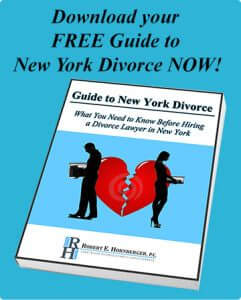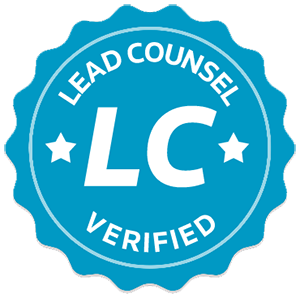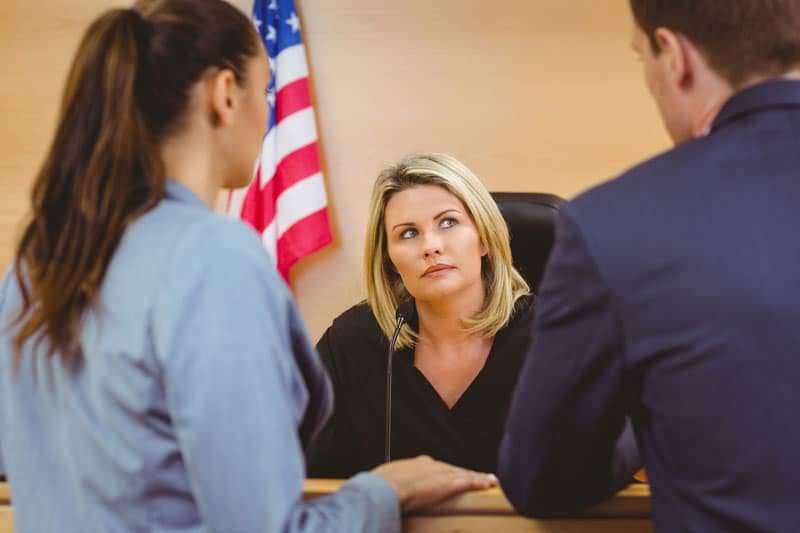

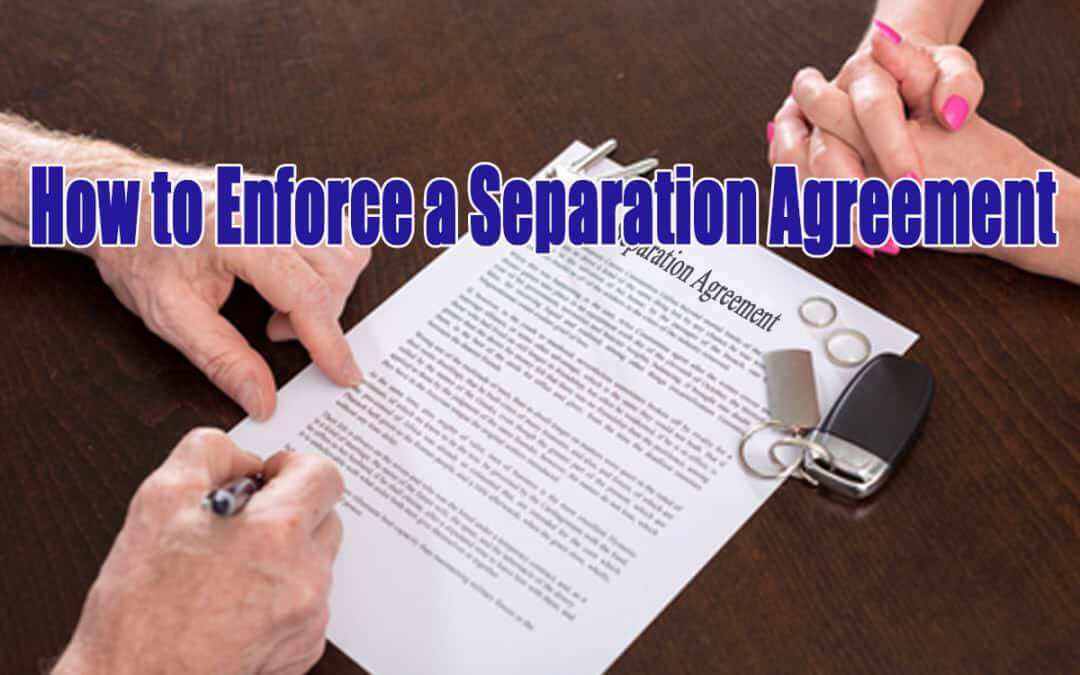
Long Island Divorce Attorney Explains How To Enforce a Separation Agreement in Nassau County, Suffolk County
As a divorce attorney practicing on Long Island, I know that for many Suffolk County and Nassau County residents, a separation agreement governs their schedules, finances and relationships with their children. (more…)
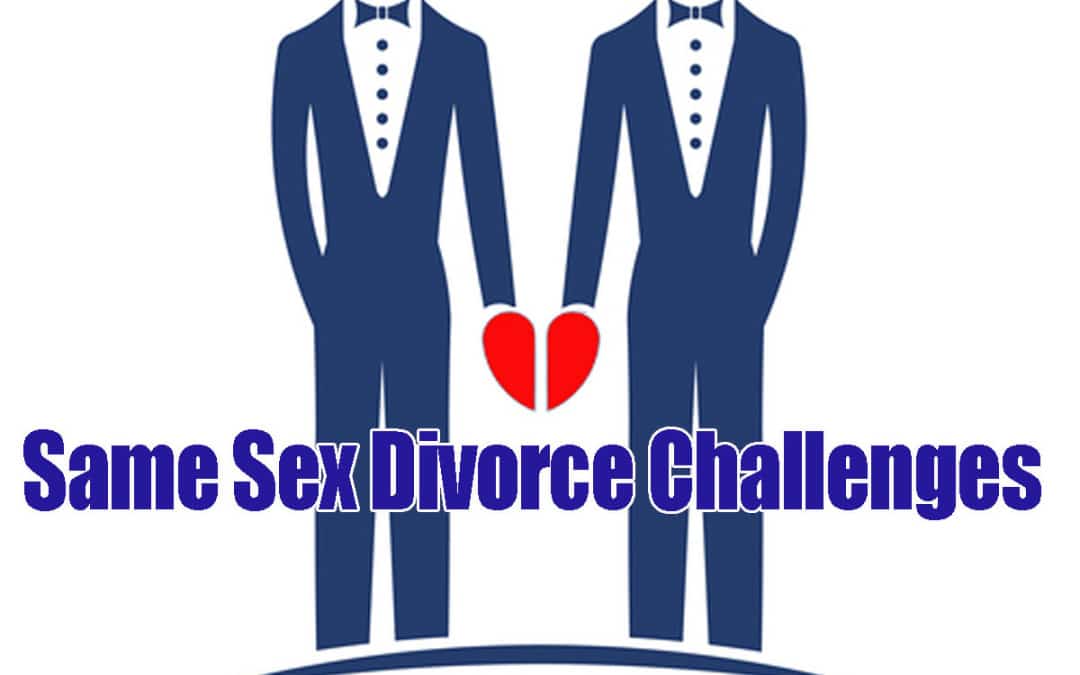
Long Island Divorce Lawyer Explains What to Expect in Same Sex Divorce
As a Divorce Lawyer on Long Island, I understand that legal same-sex marriage is relatively new on Long Island, and that many people in these relationships have questions about what to expect should they need to get divorced. (more…)
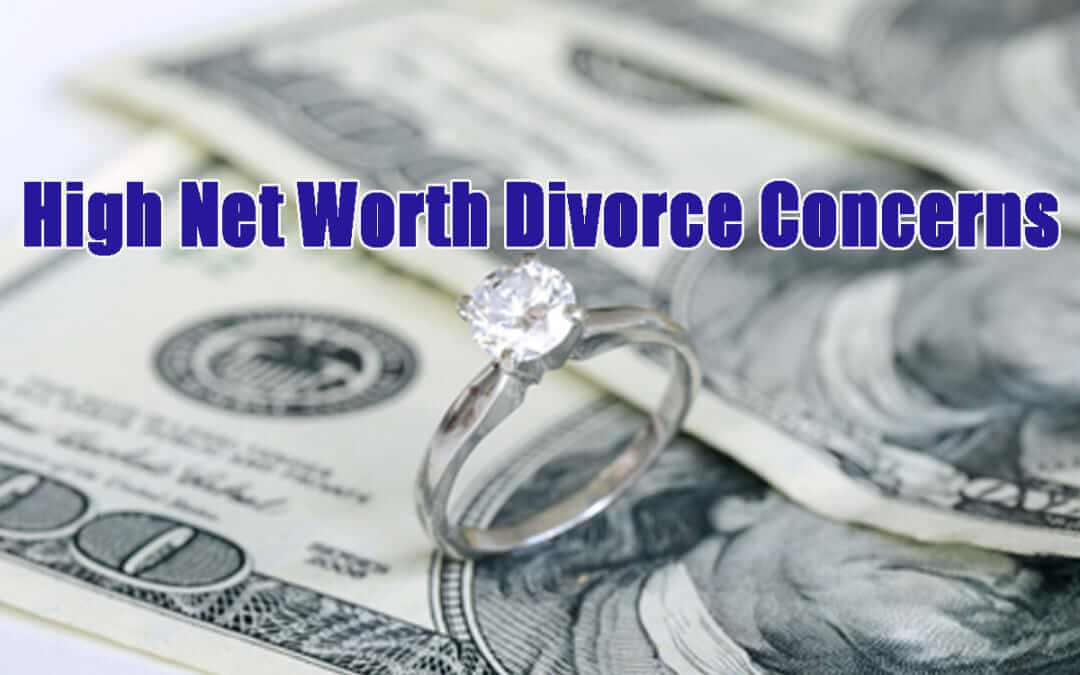
Long Island Divorce Attorney Discusses Special Considerations for High Net Worth Divorces in Nassau County or Suffolk County
HOME ABOUT US OUR FIRM FIRM YOUR LEGAL TEAM ATTORNEYS YOUR ATTORNEYS ROBERT E HORNBERGER CHRISTINE M VERBITSKY ANNEMARIE LANNI BRENDA LYNCH (Of Counsel) PRACTICE AREAS AREAS OF EXPERTISE What’s Involved In Divorce DIVORCE DIVORCE COLLABORATIVE DIVORCE CONTESTED...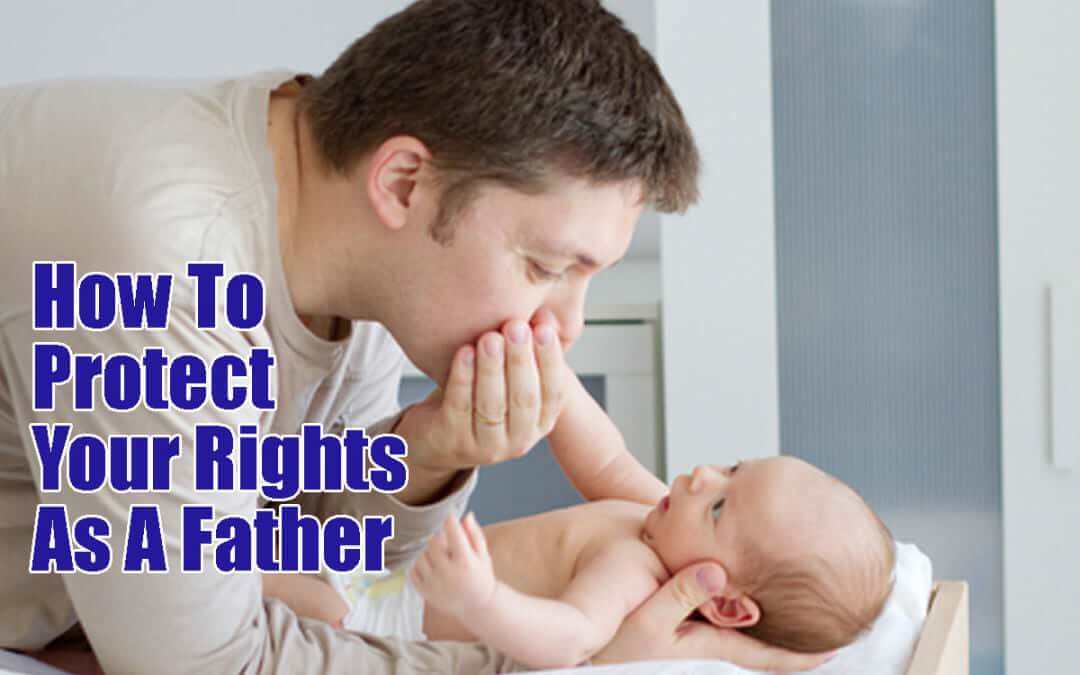
Long Island Divorce Attorney Explains How Fathers Have Rights in Divorce Too
As a Divorce Attorney on Long Island, I meet many fathers who experience anxiety and worry over whether they will be able to maintain meaningful relationships with their children once a divorce or separation occurs. (more…)
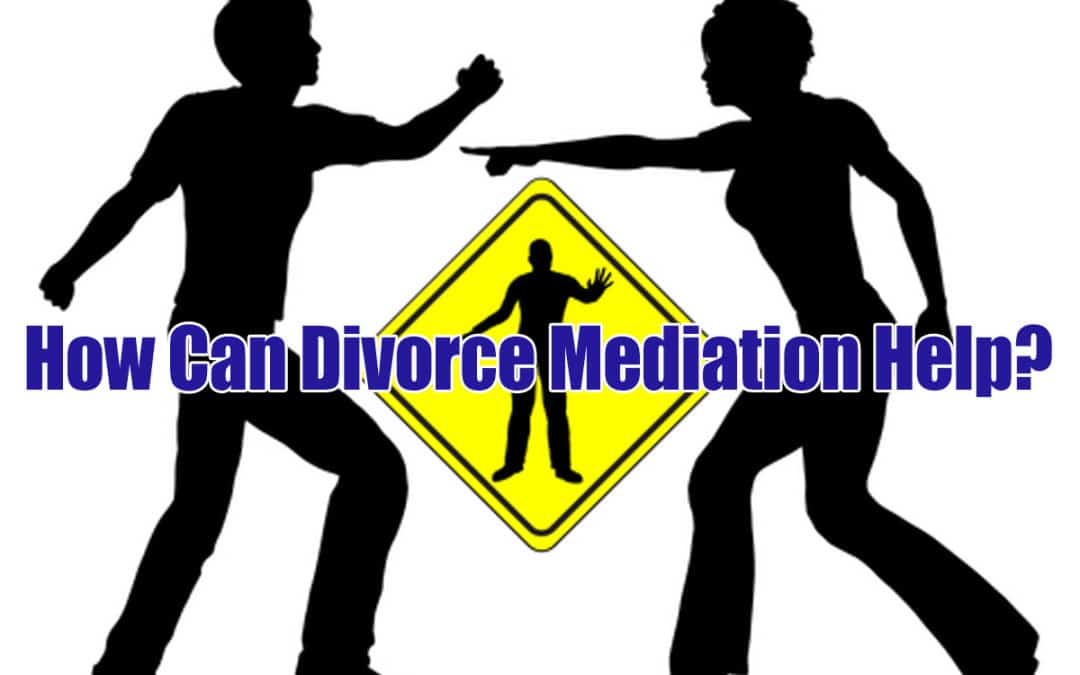
Divorce Mediation on Long Island Can Be a Much Better Process for You & Your Family in in Nassau County & Suffolk County
What to Expect in Divorce Mediation in Nassau County & Suffolk County, Long Island
As a Long Island Divorce Mediator and Family Law Attorney, my experience has shown that for Nassau County and Suffolk County couples who can communicate amicably, divorce mediation is the least expensive least stressful, and quickest method of ending a marriage and moving on with their lives. (more…)
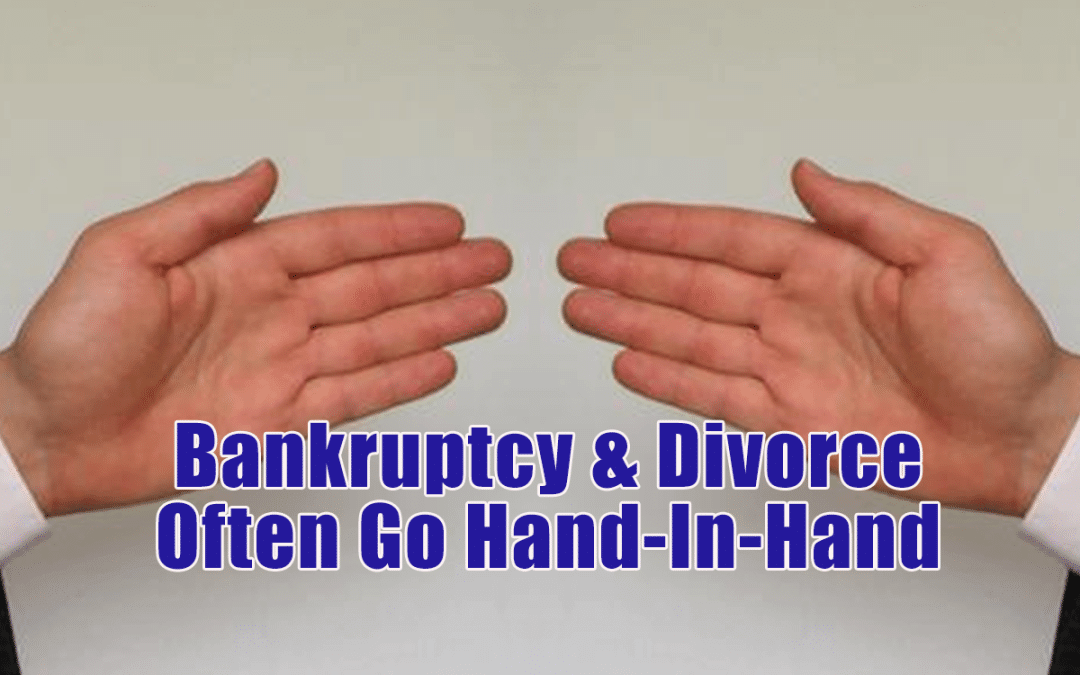
Long Island Divorce Lawyer Sees Bankruptcy & Divorce Go Hand-in-Hand in Nassau County and Suffolk County
As a divorce lawyer practicing in Nassau County and Suffolk County I have seen first-hand how often divorce and financial distress often go hand on Long Island. While we focus our practice on divorce and family law matters, we have a great deal of prior and current experience with the intricacies of bankruptcy law and cases on Long Island. (more…)
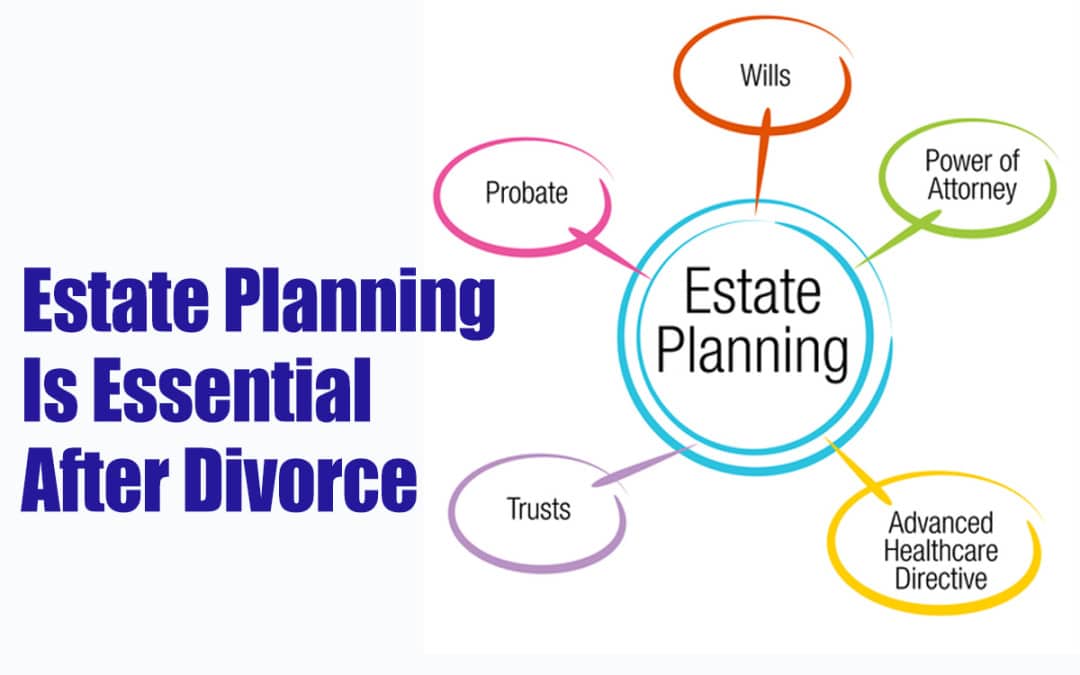
Your Long Island Divorce Has Far-Reaching Implications on Your Estate
Estate Planning Is Critical to Ensure Your Assets Don’t Go to Your Ex
As Long Island divorce attorneys, we are retained to help couples end their marriages, divide their marital assets and resolve issues of child support and visitation.
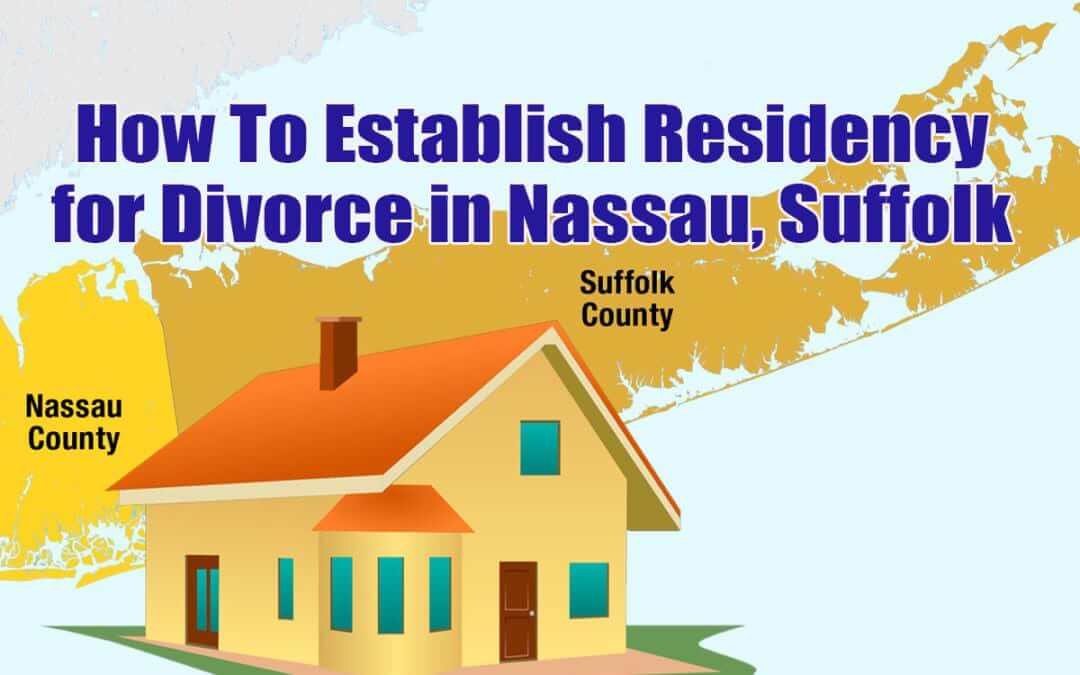
Long Island Divorce Lawyer Explains Residency Requirements for Divorce in Nassau County, Suffolk County
Bringing a Divorce Action in New York – Requirements for Residency
Many couples contemplating or facing divorce no longer live together. In many instances, spouses may live in two different states. Each state has specific requirements for length of residency before an individual can file for divorce in that state. Although New York now has “no-fault” divorce, which requires a breakdown in the marriage for a period of six months, the residency requirement must first be satisfied before a couple can get a divorce on Long Island.
What Constitutes Residency in Nassau County or Suffolk County?
Nassau County or Suffolk County Supreme Courts will hear a matrimonial proceeding so long as the parties have a sufficient connection to the State. Parties commonly establish a sufficient connection to the State by showing that they are residents. The “residency requirement” applies to proceedings for divorce, annulment, or judicial separation. Whether a person is a physical resident depends upon whether he has lived in the state for some length of time during the course of a year, resulting in a significant connection to the state.
Under New York law, residency can be established in one of five ways:
-
the marriage ceremony took place in New York and one or both parties have lived in New York for at least one year prior to filing.
-
the parties resided together in New York as husband and wife, and one or both parties have lived in New York for at least one year prior to filing.
-
the cause of action took place in New York, and one of the parties has lived in New York for at least one year prior to filing.
-
the cause of action took place in New York, and both parties live in New York at the time of filing.
-
either party has lived in New York for two or more years immediately prior to filing.
One of these requirements must be satisfied in order for the divorce proceeding to be heard in New York. Residing continuously in the state for the stated period of time does not mean that the party cannot have left the state at any point during that time, and does not mean that the party cannot also maintain a place of residence in another state. However, as stated above, physical residence may be demonstrated by a place of residence and physical presence in the state, and a significant connection to the state. The residency requirement is intended to prevent out-of-state parties from choosing New York as a forum because the laws may be more favorable to them here.
Suffolk County or Nassau County Supreme Court Handles All Divorce-Related Matters: Child Custody, Visitation, Child Support, Spousal Support, Etc.
The Suffolk County or Nassau County court that handles the divorce proceeding will also have jurisdiction over issues related to divorce, such as child custody, visitation, child support, and spousal support. It will also be the court in which any amendments or modifications are made. Therefore, it is important that divorce actions are commenced in the home state of the plaintiff so that parties will not have the stress and expense of traveling out-of-state for each hearing or conference.
File for Divorce on Long Island to Avoid Commuting Out of State
For this reason, if your spouse lives in another state, but you live in New York, it might be wise for you to file in New York before your spouse files in his or her state. As long as your spouse can prove residency in the state or country to which he or she moved, he or she can likely file for divorce there. If a divorce proceeding is commenced in another state, you may be required to participate in the proceeding there. However, related issues such as child custody and visitation may be addressed separately, depending upon where the children reside.
Long Island Divorce Lawyer Helps Suffolk County Nassau County Residents
If you have questions about whether your Long Island divorce case meets the residency requirement for divorce in Suffolk County or Nassau County, NY, contact the compassionate and experienced Long Island divorce lawyers at the Office of Hornberger Verbitsky, P.C. at 631-923-1910for a free confidential consultation.
For more information about Divorce on Long Island, visit this page: Divorce Lawyers Answer Questions about Long Island Divorce
Download our Free New York Divorce Guide
Our 41-page “Guide to New York Divorce: What You Need to Know Before Hiring a Divorce Lawyer in New York” written by an experienced family law lawyer Long Island’s Robert E. Hornberger, Esq., provides you with real information on the divorce process and the laws it rests upon in the state of New York. This book will help give you a solid foundation upon which you can begin the process of making your family’s, life better. Download your Free Guide to New York Divorce here.
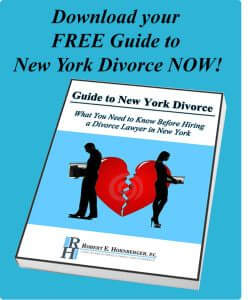 Get Answers to Your Divorce Questions:
Get Answers to Your Divorce Questions:
- How to Know if It’s Time for a Divorce?
- Divorce or Legal Separation? Which is Right for Me?
- What are the Grounds for Divorce in New York State?
- How to Find the Right Divorce Lawyer
- What Are Your Child Custody Options?
- The Ins & Outs of Child Support on Long Island
- Do I Have to Pay Spousal Maintenance (Alimony)?
- How Does ‘Equitable Distribution’ Effect My Divorce (Marital Property)?
- What Other Options Do I Have to End My Marriage (Divorce Mediation, Collaborative Divorce)?
- How Do I Move On & Enjoy a Healthy Life After My Long Island Divorce?
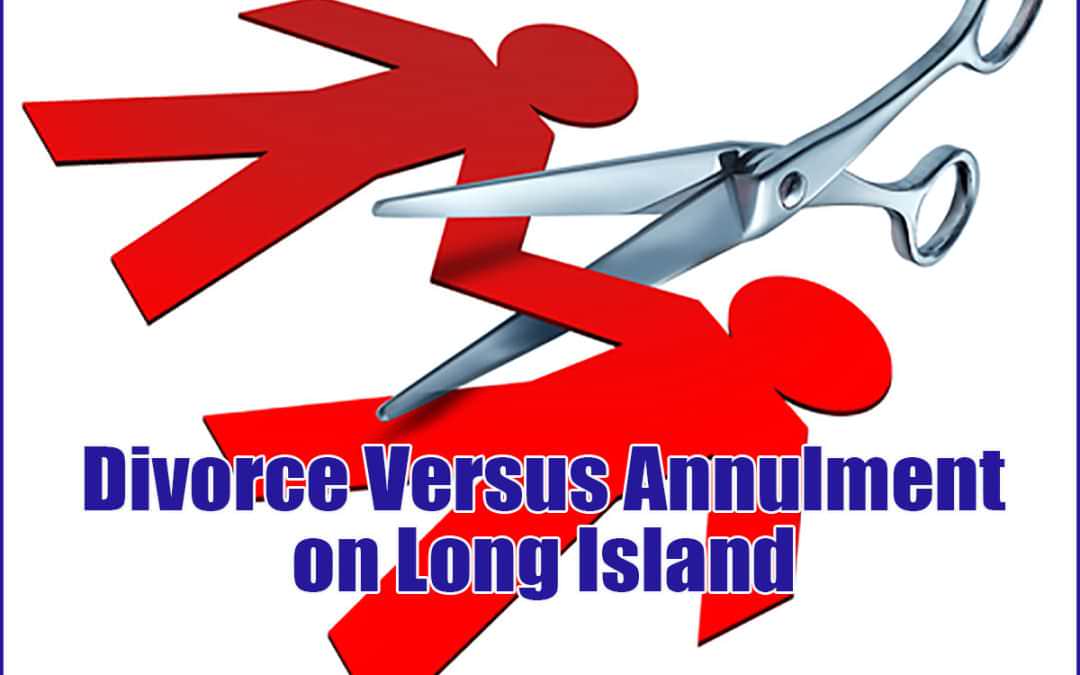
Long Island Family Law Attorney Explains Annulments in Nassau County, Suffolk County
As a Family Law Attorney practicing in Suffolk County and Nassau County, Long Island, I am often asked by my clients about getting a marriage annulment. While a finalized divorce can end a marriage, an annulment can result in the marriage being declared void or invalid by a court order. Essentially, an annulment is different from a divorce in the sense that it is as though the marriage never took place in the eyes of the law. Keep in mind that obtaining a legal annulment does not constitute a religious annulment, which can only be granted by a church or clergy.
In certain cases, an annulment is the appropriate resolution of a marriage when a spouse can prove that the marriage was never legally valid. New York Domestic Relations Law Section 140 sets forth the grounds for and effects of annulment.
On Long Island, New York, a divorce can be granted upon the written, sworn testimony of the parties without a trial. In contrast, an annulment requires a hearing before a judge. One of the very specific grounds for annulment must be proven in court. For this reason, an annulment is more difficult to obtain for most marriages.
While a divorce can be based upon “irretrievable breakdown” in the marriage or a consensus that the marriage is unsuccessful, an annulment will not be granted based solely upon the parties’ desire for an annulment. Annulments can only be granted by court in Suffolk County or Nassau County in very specific circumstances. For an annulment, one of the below grounds must be conclusively proven in court.
Grounds for Annulment in Nassau County, Suffolk County, Long Island
There are five grounds upon which an annulment can be granted in New York:
1. One or both spouses were under the age of 18 at the time of the marriage. In New York, the marriage of any person under the age of 18 requires the written consent of both parents. Marriage of any person under the age of 16 needs the additional approval by a judge. If indeed one of both spouses was underage and the legal requirements were not met, this ground for annulment is waived if the spouses continue to cohabitate or live together after both have reached the age of 18.
2. One or both spouses were unable to consent to the marriage due to mental incapacity. For example, if a spouse could not give actual consent to the marriage because of lack of understanding of the nature, effect, or consequences of marriage as a result of some mental incapacity.
3. Either spouse is physically unable to have sexual intercourse. Physical capacity is needed to consummate a marriage with sexual intercourse. If the parties did not know of the physical incapacity at the time of the marriage, this can be a ground for annulment so long as the annulment is requested within the first five years of marriage.
4. Either spouse was incurably mentally ill for at least five years. If the spouse that suffers from mental illness has a period of sound mind and continues to freely cohabitate throughout this time, the marriage may be considered ratified. Mental illness as a ground for annulment may be waived if this is the case.
5. The marriage consent was obtained by duress, coercion, or fraud. If a spouse entered the marriage due to pressure or fraud. A fraudulent marriage may occur when a spouse entered the marriage for the purpose of obtaining immigration status. Another example is where a spouse claimed to be pregnant in order to induce the other party to marry them. These and similar situations may constitute a fraudulent marriage subject to annulment.
Legal Annulment is Different Than Religious Annulment
A marriage can also be declared to be a nullity by a court. This means that the marriage is automatically void and will not be legally recognized. While the record of marriage and annulment will still exist, the parties can consider themselves to have never been married. This can occur in the case of incestuous marriages or bigamous marriages, as these types of marriages are not legal in New York. A spouse in a void marriage can bring an action in court asking for a declaration of the nullity of a void marriage.
Even after a marriage is annulled and the spouses consider themselves to never have been married, children of the marriage will still be considered legitimate children of married parents. Parents will still be legally responsible for the children in terms of custody, visitation, and child support, and will be subject to relevant laws. Furthermore, the annulled marriage will still be subject to the state laws regarding division of marital property.
Contact Long Island Family Law Attorney for Information on Annulments in Nassau County and Suffolk County
If you are in Nassau County, Suffolk County, or the five boroughs of New York City, and you have questions about annulment and whether your marriage may be void or voidable, reach out to the Office of Hornberger Verbitsky, P.C. for a free consultation. Call us at 631-923-1910 or fill out the short form on this page and we’ll get right back to you.
Download our Free New York Divorce Guide
Our 41-page “Guide to New York Divorce: What You Need to Know Before Hiring a Divorce Lawyer in New York” written by an experienced family law attorney Long Island’s Robert E. Hornberger, Esq., provides you with real information on the divorce process and the laws it rests upon in the state of New York. This book will help give you a solid foundation upon which you can begin the process of making your family’s, life better. Download your Free Guide to New York Divorce here.

